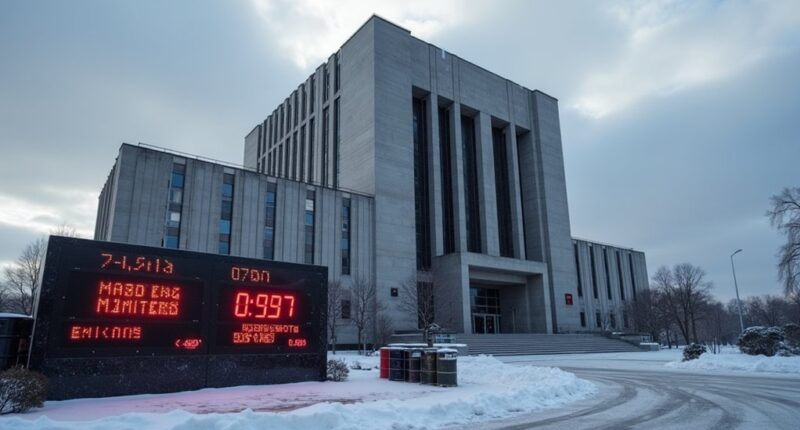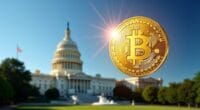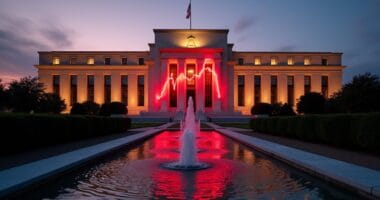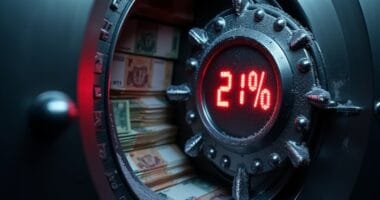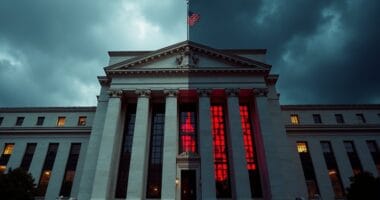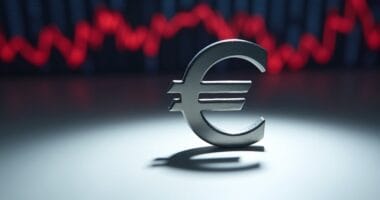Russia’s Central Bank is taking heat for maintaining a brutal 21% interest rate – the highest in modern history. Politicians and business leaders are fuming as borrowing costs strangle companies and threaten economic growth. With oil prices sliding and inflation at 10.3%, the bank’s iron grip shows no signs of loosening. Their ambitious 4% inflation target by 2026 seems laughable. The full story behind this financial standoff paints an even grimmer picture.

Growing anger is erupting across Russia as the Central Bank stubbornly maintains a crushing 21% interest rate – the highest in modern Russian history. Politicians and business leaders are furious, and who can blame them? The rate hike, implemented in October 2024, has sent borrowing costs through the roof and left companies scrambling for affordable financing.
The Central Bank, apparently deaf to the outcry, insists these painful measures are necessary to tame inflation, which sits at a stubborn 10.3%. They’re projecting a glacial decline to 7-8% by year’s end. Meanwhile, businesses are suffocating under the weight of astronomical borrowing costs. The bank has already implemented 1,350 basis points in cumulative rate increases since July 2023.
Things could get even messier. Oil prices are heading south, threatening Russia’s fiscal stability and putting additional pressure on the ruble. The timing couldn’t be worse. With deposit rates hovering around 20.19%, the economy is grinding to a halt. The Central Bank’s growth forecast of 1-2% for 2025 seems almost laughably optimistic.
With plummeting oil prices and sky-high deposit rates, Russia’s optimistic growth projections feel like wishful thinking amid mounting economic pressure.
To put things in perspective, Russia’s average interest rate since 2003 was a manageable 8.05%. Now, at 21%, it’s like trying to run a marathon wearing concrete shoes. Export sectors are gasping for air, and small businesses are dropping like flies. The cash reserve ratio remains fixed at 8.50%, further constraining banks’ lending capacity.
The Central Bank remains unmoved, signaling these tight conditions will persist until inflation behaves itself. Their target? A serene 4% by 2026. Good luck with that. The bank’s stance has created an awkward standoff with government officials, who are watching in horror as investment activity craters.
For context, this is the same central bank that maintained a cozy 4.25% rate back in July 2020. Now they’re forecasting rates to stay between 19.5-21.5% throughout 2025. It’s a bitter pill to swallow for an economy already dealing with weak external demand and global market uncertainties.
The question on everyone’s mind: How long can Russia’s economy endure this financial straitjacket?
